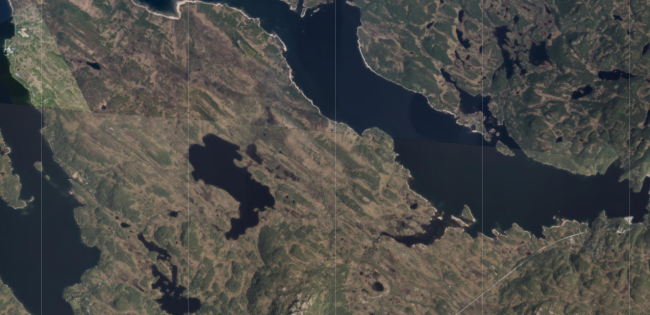Møsvasstangen
Møsvasstangen
- Country:
- Norway
- Site number:
- 803
- Area:
- 1,440.9 ha
- Designation date:
- 18-03-1996
- Coordinates:
- 59°48'57"N 08°10'55"E
Carousel
CarouselMaterials presented on this website, particularly maps and territorial information, are as-is and as-available based on available data and do not imply the expression of any opinion whatsoever on the part of the Secretariat of the Ramsar Convention concerning the legal status of any country, territory, city or area, or of its authorities, or concerning the delimitation of its frontiers or boundaries.
The Site is one of the largest string mires in southern Norway. It contains areas of transition between open water, bogs, and dry areas with mountainous birch forest. The central part of the Site is dominated by a small watercourse and Kulingstjern, the largest lake. There are also distinct glacial landforms such as drumlins, eskers and kames, formed by movements of ice and melted water during glaciation. The area has some value as a staging area during migrations but is primarily valuable as a highland breeding area. 117 bird species have been recorded; this is the southernmost breeding site of many northern and alpine bird species. Globally or nationally threatened species breeding here include velvet scoter (Melanitta fusca), and northern lapwing (Vanellus vanellus). In the Site’s sheltered coves and stretches of river with more extensive vegetation cover, waterbirds such as Eurasian teal (Anas crecca) and common ringed plover (Charadrius hiaticula) are found. The Site is important for reindeer during their calving season. The area is used by residents and some tourists for fishing and bird watching. Yarn fishing in nearby Hardangervidda most likely has a high impact on diving bird species.
- Species management area - Møsvasstangen
- landscape protection area - Møsvasstangen
- NO803RIS_2306_en.pdf
- NO803RISformer.pdf
- NO803RISformer_171010.pdf
- NO803RISformer_220616_1711_en.pdf
- NO803map1.pdf
- NO803map2.pdf
